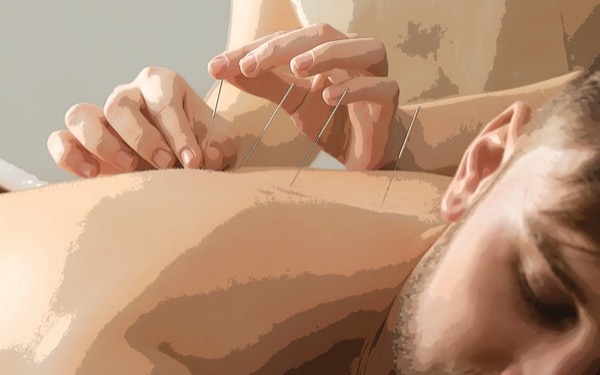HOLLYWOOD, Fla.—The use of perioperative acupuncture may help improve postoperative outcomes by decreasing acute pain, nausea and opioid use, according to a presentation from the 2023 spring meeting of the American Society of Regional Anesthesia and Pain Medicine.
“The integration of nonpharmacologic methods to help with acute pain is understated and underutilized,” said Stephanie Cheng, MD, an anesthesiologist and a medical acupuncturist at the Hospital for Special Surgery (HSS), in New York City. “As we all know, opioid abuse has entered the national dialogue as an epidemic, and the crisis has worsened with the COVID-19 pandemic.”
According to findings from the 2018 National Survey on Drug Use and Health, there were 9.9 million people documented misusing prescription opioids in 2018, including 1.9 million new misusers. Experts expect that numbers have likely increased since the publication of that report.
“Patients are frequently exposed to opioids during their perioperative course, and opioid-naive patients can progress to becoming chronic users postoperatively,” Cheng said. “As doctors, we have a responsibility to at least try and reverse this trend, and acupuncture during surgery could be one such opportunity.”
At HSS, Cheng and her colleagues have been seeing encouraging results from the use of intraoperative auricular acupuncture—a technique that involves the stimulation of specific points on the ear while patients are undergoing surgery. Since its inception in 2018, the program has worked with more than 1,000 patients.
In a study published in 2022, the team found that incorporating intraoperative electroauricular acupuncture into an existing multimodal analgesia regimen is a feasible way to maintain a low-dose opioid regimen for patients undergoing primary unilateral total knee arthroplasty (Med Acupunct 2022;34[1]:49-57).
Of patients who completed the study, 65% maintained a low-dose opioid regimen, 7% remained opioid-free for 30 days, and all patients stopped using opioids by 30 days after surgery.
“The demand for acupuncture from patients is skyrocketing,” Cheng said. “Patients are requesting it, and we as doctors need to meet that demand.”
However, significant challenges remain, often tied to training and reimbursement.
“Unfortunately, each state has its own regulations and requirements when it comes to the practice of acupuncture,” Cheng said. “Not all MDs can practice acupuncture without specialty training, and the fundamental truth is that the framework of a program like ours depends on someone who is trained.”
Another obstacle is that insurance companies have mostly continued to view acupuncture as an unproven alternative therapy, thus denying coverage for their members.
“Only recently have there been an increase in translational scientists and clinicians who are willing to take on the challenge of designing the research in such a way that can bridge the language and thought process gap that naturally exists between the two ways of thinking,” she said.
Clinical studies are underway that may help clarify the unique benefits of acupuncture and illuminate exactly how the technique works to help with pain control at a molecular level. Additionally, work has expanded areas outside of, but adjacent to, acute pain control, including among patients with post-traumatic stress disorder who have long avoided surgical procedures due to crippling anxiety.
“Whether it be pain, anxiety, nausea or any other concern, acupuncture can provide a nonpharmacologic answer for many of these matters,” Cheng noted. “Acupuncture can really change a patient’s experience and make surgery—which could be an incredibly scary and traumatizing event—into just a small barrier that allows for the improvement in their quality of life.”
By Ethan Covey
Cheng reported no relevant financial disclosures.


